The main advantages of this method are:
- the operation is performed through the nose, without external incisions, which eliminates visible signs of interference and does not deform the facial skeleton;
- the use of intraoperative navigation ensures high accuracy of the surgeon's actions;
- patients retain high-quality nasal breathing and sense of smell, which is not always possible with other methods;
- Recovery after surgery is faster than with traditional methods.
Previously, the treatment of such diseases required complex and traumatic interventions with cranial trepanation, but the development of endonasal surgery has completely changed the approach.
Most cases of nasal liquorrhea, meningoencephalocele, and sinus tumors are now effectively treated endoscopically. Navigation systems allow the surgeon to accurately identify pathology and minimize damage to healthy tissues.Nasal liquorrhea
Nasal liquorrhea is the outflow of cerebrospinal fluid (CSF) from the cranial cavity into the nasal cavity through a defect in the dura mater. This defect creates a direct connection between the subarachnoid space, where cerebrospinal fluid circulates, and the nasal cavity, which increases the risk of brain infection.
Clinical manifestations
- Release of fluid. When the head is tilted forward, clear liquid may constantly or periodically flow out of one nostril. Sometimes it flows down the back of the pharynx, causing a "causeless" cough and can lead to pneumonia.
-
Recurrent meningitis. They occur due to infection from the nose and paranasal sinuses through a defect in the skull.
-
Pulmonary disorders. Cerebrospinal fluid can drain into the throat in the supine position, which causes pneumonia or other lung diseases.
Diagnostics
-
Consultation of an ENT doctor
-
Endoscopic examination of the nasal cavity to assess humidity and search for a possible source of leakage
-
Fluid analysis for glucose or Beta-2 transferrin
-
High-resolution CT and MRI or CT cisternography for defect visualization
Treatment
Depending on the location of the defect, endoscopic endonasal plasty of the cerebrospinal fluid fistula may be recommended, which eliminates the defect at the base of the skull. In spontaneous cerebrospinal fluid, if the cerebrospinal fluid pressure is normal, endoscopic plastic surgery usually solves the problem. In the case of increased cerebrospinal fluid pressure, additional drug therapy or neurosurgery may be required to normalize it.Causes of nasal liquorrhea
-
Traumatic brain injuries. Leakage can begin both immediately after injury and many years later. For example, an old skull fracture can lead to damage to the meninges.
-
Operations. Liquorrhea may develop after ENT procedures or neurosurgery.
-
Spontaneous liquorrhea. It occurs for no apparent reason and may require surgical intervention, especially with increased cerebrospinal fluid pressure.
History
The first successful case of cerebrospinal fluid fistula plastic surgery was described in the early 20th century by neurosurgeon Walter Dandy. The operation was performed using cranial trepanation, and the femoral fascia was used for plastic surgery. Currently, this method is still used in some clinics. Since the early 2000s, endoscopic nasal surgery has been used to treat cerebrospinal fluid fistulas. The first such operation was performed by Professor Heinz Stammberger in Austria. This method allows you to restore the barrier between the nasal cavity and the skull without external incisions, preventing complications such as meningitis, brain abscess or pneumocephaly.Auto-tissues such as the nasal mucosa or adipose tissue are used to close small defects. Large defects are closed with dense cartilage grafts to prevent the development of encephalocele (cerebral herniation).
Meningoencephalocele and meningoencephalocele
Meningoencephalocele is a protrusion (prolapse) of the dura mater (meningocele), sometimes together with brain tissue (meningoencephalocele), through a bone defect in the anterior part of the base of the skull into the nasal cavity. These conditions can be either congenital or can occur as a result of injury or neurosurgery .
Main features
-
The CT scan of the paranasal sinuses reveals a bone defect with a polypoid protrusion in the nasal cavity. During endoscopy, you can notice a pulsating effect and watery discharge.
-
The symptoms vary, sometimes they are completely absent. Possible common manifestations: difficulty breathing through the nose, stuffy ear, pneumonia, bronchitis, headache.
-
Specific signs: unilateral discharge of clear fluid from the nose (in rare drops), recurrent meningitis, brain abscess, pneumocephaly.
Diagnostics
-
ENT examination with endoscopic examination of the nasal cavity
-
High-resolution CT scan to visualize the defect in the anterior part of the skull base and possible fluid level in the sinus
-
CT or MRI cisternography with intrathecal contrast injection and subsequent examination after 30 minutes to track the flow of cerebrospinal fluid from the nose
-
Analysis of nasal secretions for glucose or Beta2-transferrin
Treatment
After the examination, the expediency of surgical intervention is determined by the endoscopic endonasal method or neurosurgically. The decision is made based on the patient's condition, the presence of focal intracranial pathology, as well as the size and location of the defect.
Tumors of the cranial cavity
Tumors of the nasal cavity and paranasal sinuses can be either benign or malignant. Regardless of their nature, they can spread to the base of the skull, orbit, and even penetrate into the cranial cavity. Depending on the size and location, such tumors can be removed endoscopically through the nose, without the need for external incisions.Possible symptoms of tumors:
- shortness of nasal breathing, nasal congestion; discharge from the nose (bloody, watery, or purulent);
- neurological disorders: numbness of a part of the face (cheek, forehead, lower jaw, half of the head or the area behind the eye);
- pain in the face or head area (cheeks, forehead, lower jaw, behind the eye), impaired sense of smell;
- double vision, especially when looking away, visual impairment; facial deformities: swelling of the cheek, redness or drooping of the eyelid, protrusion of the eyeball.
In the early stages, tumors may be asymptomatic.
Diagnostics
-
ct
-
MRI with contrast (if a vascular tumor is suspected, superselective angiography, CT perfusion, or ASL MRI)
-
endoscopic examination of the nasal cavity and consultation of an ENT doctor based on research results.
Treatment
With the endoscopic method of tumor removal, surgery is performed through the nasal passages, without the need for external incisions. Rigid endoscopes with different viewing angles and specialized instruments are used. Intraoperative navigation is used to accurately locate the tumor, which helps to navigate even in the absence of clear anatomical landmarks in the nasal cavity.
The tumor can be removed through the nasal cavity as a whole node, or in parts. Endoscopic access allows for the removal of tumor nodules from the medial parts of the orbit, the pterygoid and suspensory pits, as well as from the base of the skull.
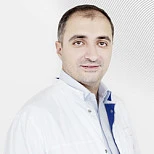






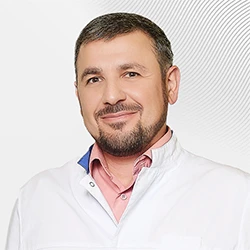

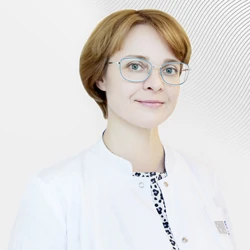
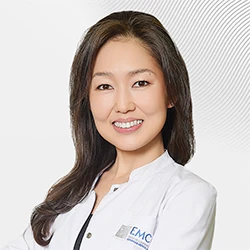
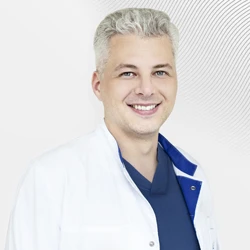

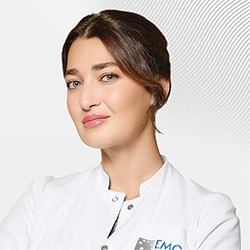
.webp)
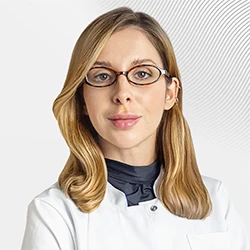
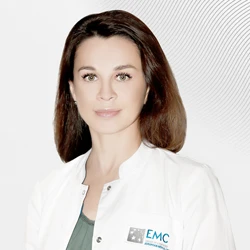
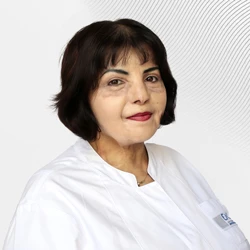
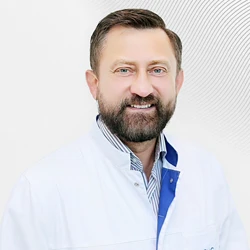
.webp)

